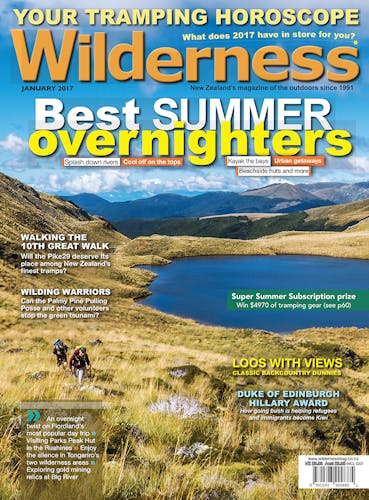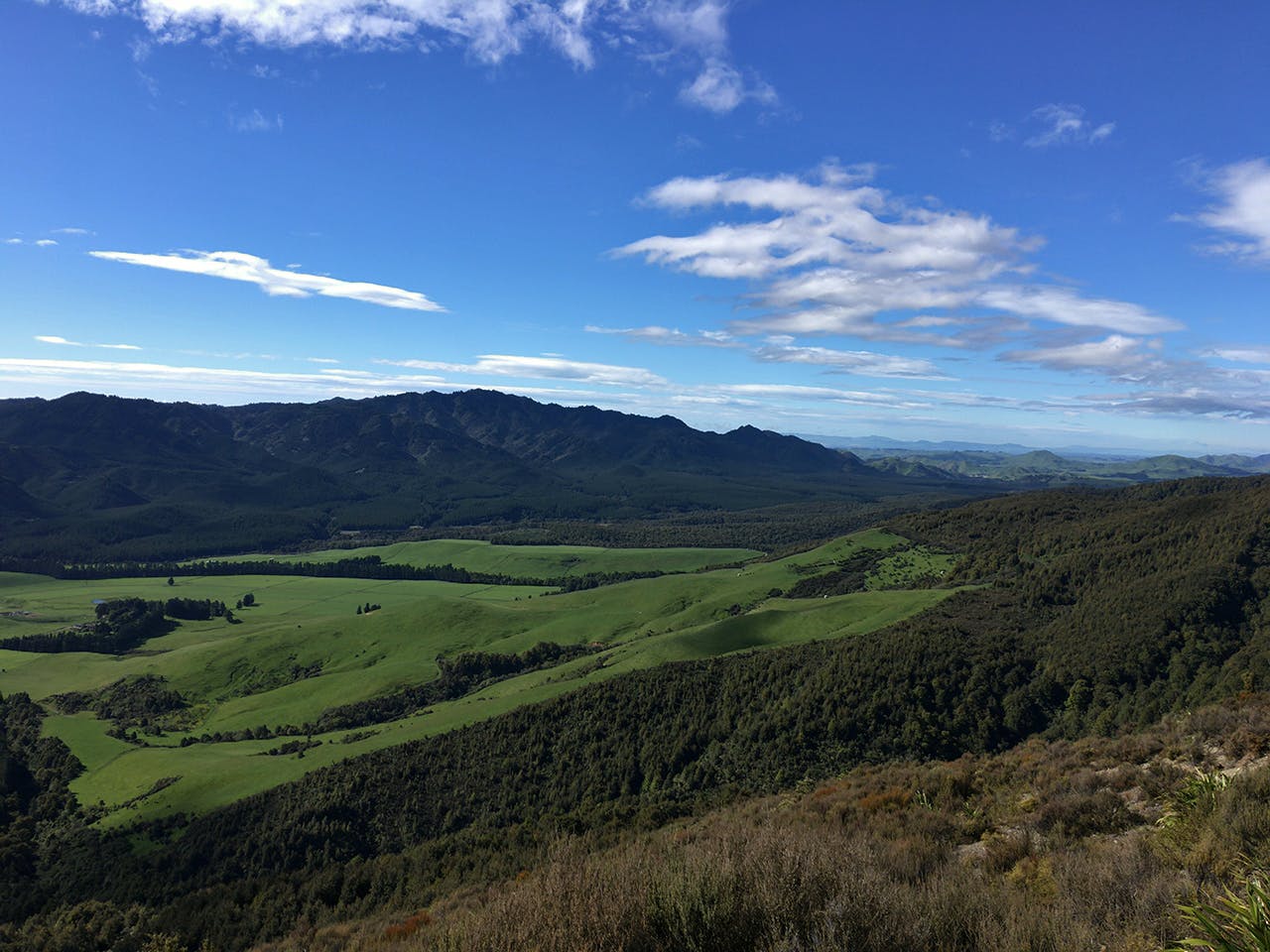IT’S A TELLING comment, and one DOC should be heeding because if one person is saying it, you can bet more are: “It’s like DOC is the Department of Tourism in Fiordland, meanwhile the Ruahines are neglected.”
Janet Wilson from the Palmerston North Tramping and Mountaineering Club said that to me when I talked to her about DOC’s closure of its Ongaonga office. Simply swap Ruahines for any other North Island forest park – Whirinaki, Kaimai-Mamaku, Kaweka, Coromandel – and the sentence is one that could be uttered by just about any tramper in the North Island.
Wilson was dismayed by the closure of Ongaonga for two reasons: it meant the nearest rangers to the eastern Ruahine Forest Park will now be based an hour away in Napier or Palmerston North, and because DOC had recently changed the backcountry track maintenance schedule in the area from every four years to every six.
The consequences of the Ongaonga closure may be far reaching. The two rangers based there had built up good relations with landowners over many years. Without that contact, we may see the access issues found elsewhere in the park, most notably at Kauwhata Base, shift to the eastern side of the range. DOC needs to keep its eye on the ball and that won’t be so easy from a distance.
Wilson’s comparison to Fiordland is a good one. The region receives a huge number of tourists – a surge last year seemed to catch everyone by surprise and resulted in unprecedented pressure on tracks and other infrastructure.
With DOC statistics showing 75 per cent of those walking the Routeburn and Kepler tracks, and around 67 per cent of those walking the Milford, being international visitors, it’s easy to see why the inference drawn by those who do their tramping far from the madding crowds is one of neglect. DOC’s budget has been static for years, so it must reallocate current resources. Exhibit A: Close down Ongaonga, don’t check tracks so frequently, spend the savings where the pressure is at its worst – where the tourists are.
There’s no doubt DOC must spend more in the south, but let’s not forget part of DOC’s mandate is to foster recreation. It cannot do that by being seen to cater to tourists while neglecting the areas that are predominantly used by Kiwis.
The answer lies with the government, which sets DOC’s budget. It has signalled it can afford more capital spending and even tax cuts. Among its priorities must be a boost to DOC’s funding so it can carry out its duties properly.








